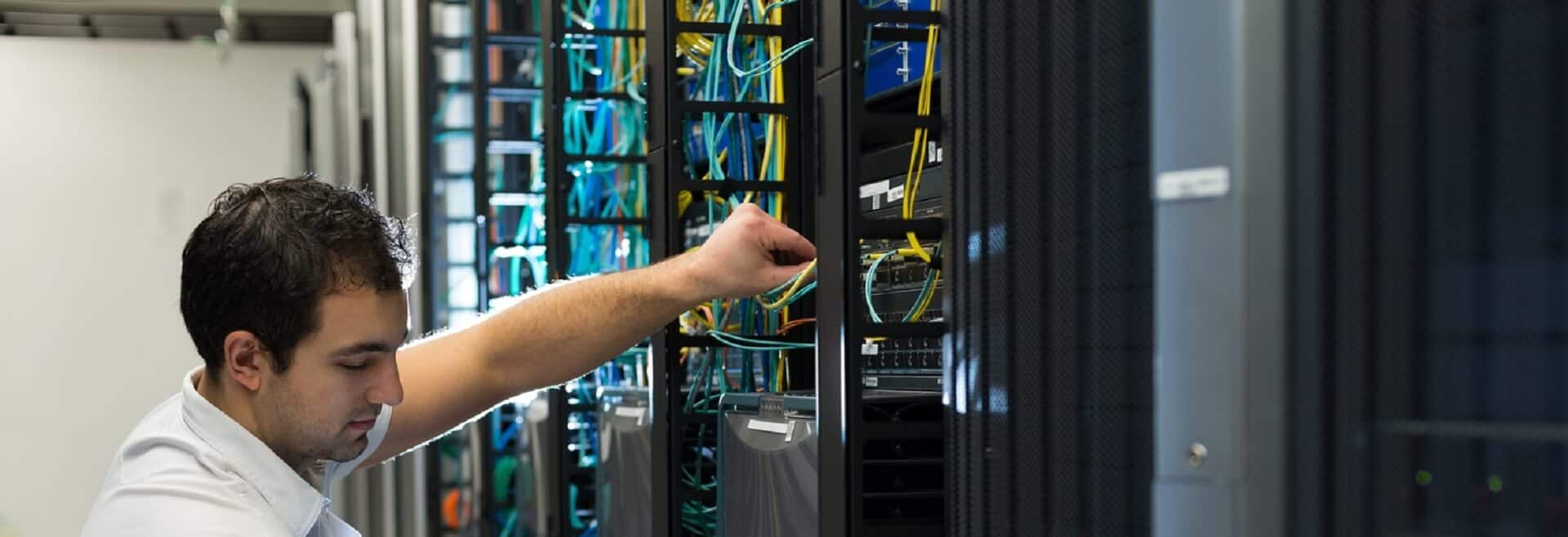When it pertains to guaranteeing safety and security, choosing the appropriate CCTV system is essential. Closed-circuit television (CCTV) systems are widely used for surveillance in various environments, including residences, companies, and public spaces. These systems assist monitor activities, deter criminal activity, and offer valuable proof in case of occurrences. Comprehending the various components and characteristics of CCTV setups can aid people and entities formulate knowledgeable choices that most satisfy their security needs.
One of the first considerations when selecting a CCTV system is the type of surveillance devices needed. There are numerous types of devices available, such as dome cameras, projectile devices, and PTZ (pan-tilt-zoom) devices. Bulb cameras are often used for indoor surveillance due to their discreet design, while bullet cameras are more visible and are typically used outdoors. PTZ devices offer the ability to magnify in on particular locations and can be operated remotely. Evaluating the specific surroundings and the locations that require monitoring will help determine which type of camera is most suitable.
Another important consideration to consider is the resolution of the devices. Higher resolution devices provide sharper images, which can be critical for identifying people or details in a scene. Common clarities include standard resolution (SD), high definition (HD), and superior definition (UHD). While higher clarity cameras may come at a increased price, they can significantly improve the effectiveness of a surveillance system. It is also important to take into account the illumination conditions in the area being observed, as some cameras are more suited to handle dim situations than alternative options.
Storage options are also a key component of CCTV systems. Footage recordings can consume up a substantial amount of space, so it is crucial to choose a system with adequate storage options. Many systems provide cloud options, which enables for remote retrieval to footage and can offer additional security in case of burglary or damage to the physical device. Alternatively, local storage, such as digital footage devices (DVRs) or internet video devices (NVRs), can be employed. Comprehending the capacity needs based on the quantity of cameras and the required retention duration for footage is crucial for efficient surveillance.
Finally, the setup and maintenance of the CCTV setup should not be overlooked. Professional installation can ensure that devices are placed in ideal locations for maximum surveillance. Additionally, routine maintenance is essential to keep the system functioning properly. This entails checking device angles, wiping optics, and how to set up a security camera system for business ensuring that software is current. Some systems also offer off-site monitoring capabilities, allowing users to access real-time footage from their mobile devices or computers. This capability can offer peace of mind and enhance the general efficacy of the security setup.

In conclusion, selecting the ideal CCTV system involves careful consideration of various factors, including camera kinds, resolution, storage options, and installation. By understanding these elements, people and entities can select a system that effectively satisfies their security requirements. A thoughtfully designed CCTV setup not only helps deter crime but also offers important proof when needed, making it an important expenditure for protection and safeguarding.
Comments on “A Pro Guide For How Companies Purchase the Perfect CCTV Setup to Fulfill Your Security Needs”